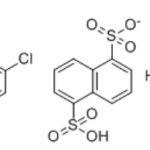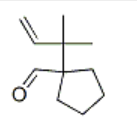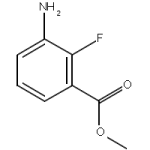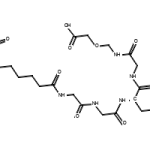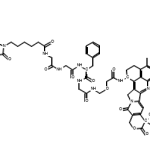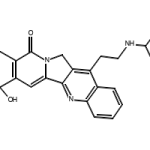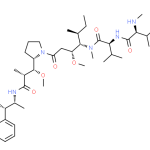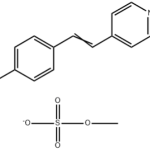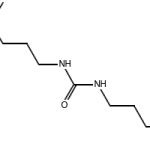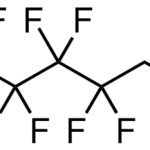
Carbohydrates are one of the most abundant organic compounds found in living organisms. They are usually a product of photosynthesis, formed by condensation of CO2 in the presence of light and chlorophyll. Their most important function is to serve as a source of energy for both plants and animals which feed on plants. Carbohydrates are often a readily used energy form (glucose), but the excess can also be stored for later usage. In plants, starch is the stored form of glucose while in animals, it’s glycogen. Other than being used as an energy source, carbohydrates are also components of various cellular structures and regulate other physiological functions, such as blood clotting and immunity. Biosynthesis of carbohydrates is thus a very important function.
Important aspects of carbohydrate synthesis
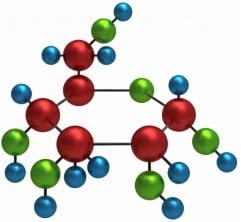 Gluconeogenesis is the process by which glucose is synthesized in our bodies. Various sugars are consequently formed through this process, if and when needed.
Gluconeogenesis is the process by which glucose is synthesized in our bodies. Various sugars are consequently formed through this process, if and when needed. - Precursors of glucose synthesis-Mostly three carbon compounds serve as its precursors. These include pyruvate, lactate, glycerol and 3-phosphoglycerate.
- Conversion of pyruvate to glucose-It is one of the most important steps in the whole process. There are two different paths via which pyruvate is converted to phosphoenolpyruvate (PEP), a precursor of glucose.
- Stimulation of gluconeogenesis-Even though glucose is the readily used form of energy, the excess sugar is stored in body as glycogen.
Industrial importance of common and rare sugars
Synthesis of carbohydrates has been manipulated in the industry for various applications. From artificial sweeteners to additives in infant products, they are used frequently. Furthermore, rare sugars are often produced in industry for use in food, pharmaceutical and nutraceutical industries. We understand the need of a consistent supply and offer competitive prices for high quality compounds. Here are some of the most demanded products from our catalogue :- L-Rhamnopyranose : http://watson-int.com/l-rhamnopyranose-cas-3615-41-6/
- L-Rhamnose monohydrate : http://watson-int.com/l-rhamnose-monohydrate-cas-10030-85-0/
- D-Mannose : http://watson-int.com/d-mannose-cas-3458-28-4/
- D-Galactose : http://watson-int.com/d-galactose-cas-59-23-4-2/

